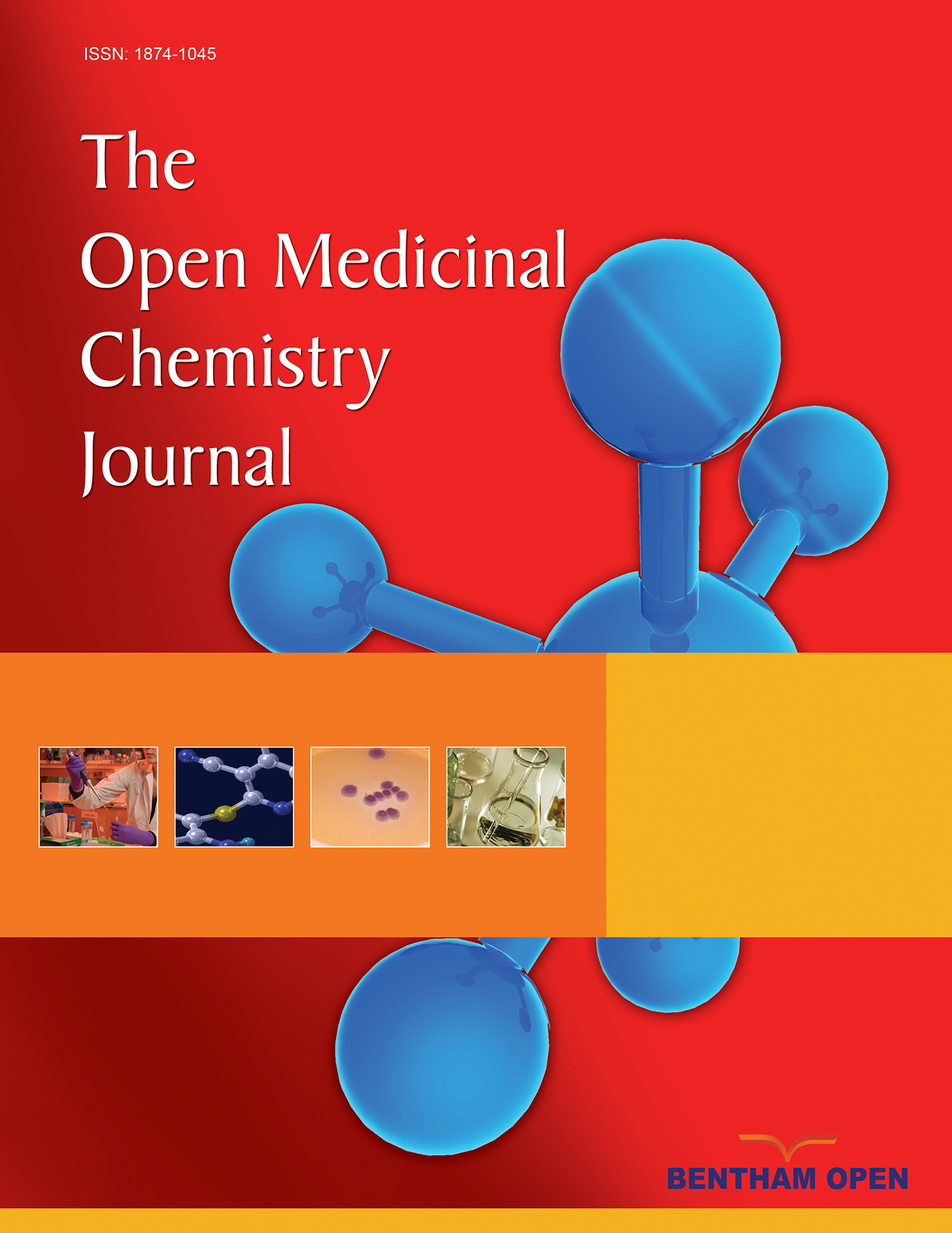Synthesis of Oxadiazolyl, Pyrazolyl and Thiazolyl Derivatives of Thiophene-2-Carboxamide as Antimicrobial and Anti-HCV Agents
Abstract
Introduction:
Three series of pyrazole, thiazole and 1,3,4-oxadiazole, derivatives were synthesized starting from 5-amino-4-(hydrazinocarbonyl)-3-methylthiophene-2-carboxamide (2).
Methods:
All compounds were investigated for their preliminary antimicrobial activity. They were proved to exhibit remarkable antimicrobial activity against Pseudomonas aeruginosa with insignificant activity towards Gram positive bacterial strains and fungi.
Results:
In-vitro testing of the new compounds on hepatitis-C virus (HCV) replication in hepatocellular carcinoma cell line HepG2 infected with the virus utilizing the reverse transcription polymerase chain reaction technique (RT-PCR) generally showed inhibition of the replication of HCV RNA (–) strands at low concentration, while, eight compounds; 3a, 6, 7a, 7b, 9a, 9b, 10a and 11b proved to inhibit the replication of HCV RNA (+) and (–) strands at very low concentration range 0.08-0.36 μg/mL.
Conclusion:
Compounds 7b and 11b displayed the highest anti-HCV and antimicrobial activities in this study.


